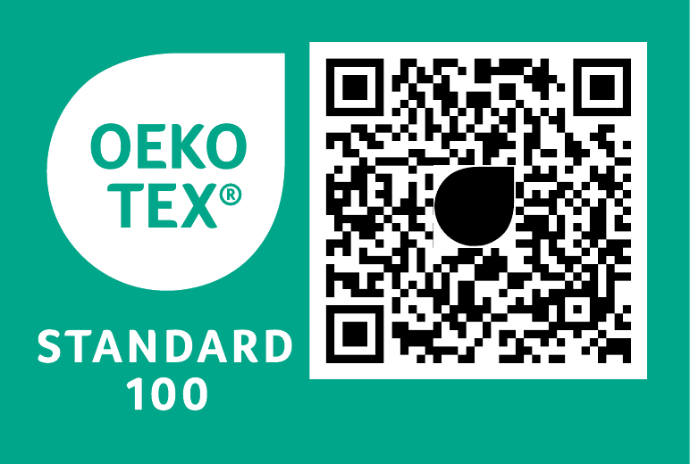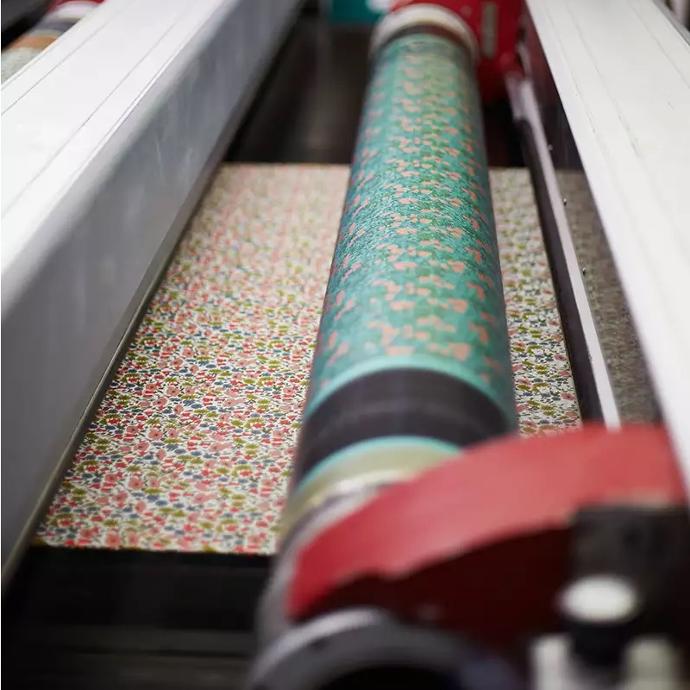HOLOGRAM HOT STAMPING FOILS

Hologram foils, unlike standard metallic foils, refract light and show the colors of the spectrum from different angles. Hologram foils, which can reflect light with their special structure, can change color with bending and movements in the fabric.
Previously, hologram effects could only be achieved by adding sequins or PVC materials cut out and applied to garments. With foil printing, these effects have become much more practical and appealing, offering a significantly softer texture. In addition to full coverage, partial applications can also be performed.
Hologram foils have more than 40 varieties in plain metallic, transparent, patterned silver, broken glass and bead types.


Hologram varaklar, standart metalik varaklardan farklı olarak ışığı kırarak spektrumun renklerini farklı açılardan gösterirler. Özel yapısı ile ışığı yansıtabilen hologram varaklar kumaşta bükülme ve hareket ile renk değiştirebilmektedirler.
Önceleri payetler ya da pvc malzemelerin dekupe olarak kıyafetlere eklenmesiyle elde edilebilen hologram efektler, varak baskı sayesinde oldukça yumuşak tuşe ile daha kullanışlı ve sevimli hale gelmiştir. Komple kaplama yapılabileceği gibi bölgesel kaplamalar da yapılabilmektedir.
Hologram varakların düz metalik, şeffaf, desenli gümüş, camkırığı ve boncuk türlerinde 40'tan fazla çeşidi vardır.

TEMPERATURE 150°C
PRESSURE: 6 bar
CONTACT TIME: 5-6 sec
TEMPERATURE: 160°C
PRESSURE: 6 bar
SPEED: 3-5 m/sec
LENGTH: 1 inch 100 m, 3 inch 500/1000/3000 m
Customer-specific length can be produced upon request
WIDTH: 150 cm
15 micron
Water based adhesives
Plastisol adhesives
Polyurethane adhesives
Crystal foils
Serigraphy prints
Roll to roll rotary prints
Spray applications
Examples of Hologram Foil Application Areas
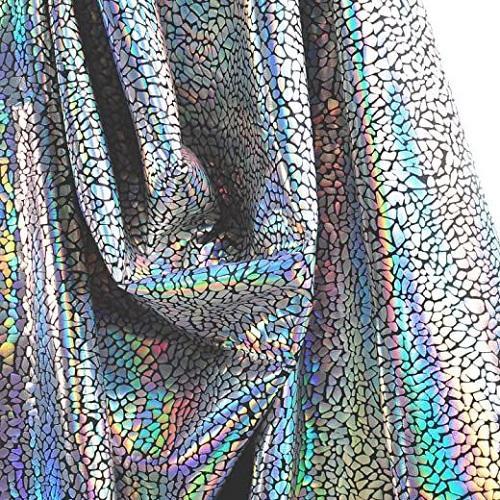
General Textile
Foils can be applied in; velvet, knitted and woven fabrics, clothing fabrics for outer/inner/underwear/upholstery and curtain home textile fabrics, shoe and bag fabrics, fabrics made from natural and synthetic fibers.
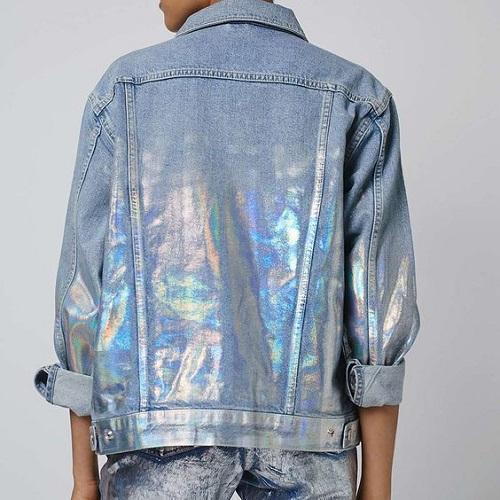
Denim
Foil-printed denim, a recent fashion trend, is achieved by applying adhesive to finished final product using spray, followed by foil transfer to achieve results that complement the worn nature of denim.
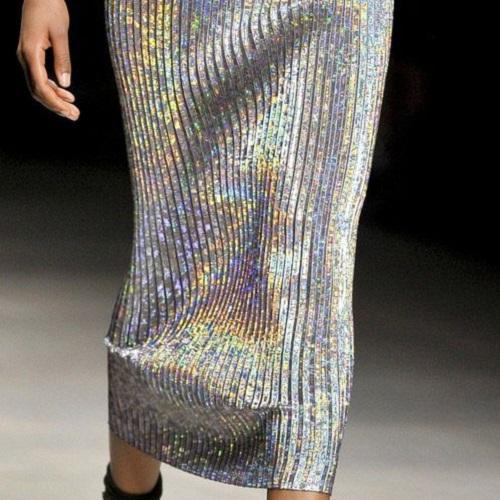
Knitted Fabrics
Adhesive covering is usually applied to knitwear by spray or rotary printing. Knitted fabrics using plastisol or water-based adhesive can be coated with suitable foils.
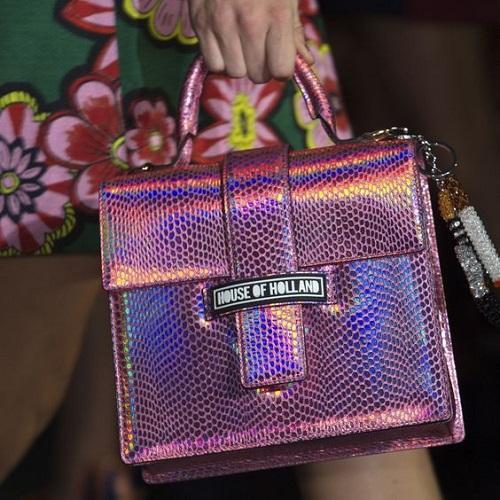
Accessories
Hologram foils used on shoe and bag fabrics and leathers are compatible with all types of patterns. It is recommended to apply on crystal foils for rubbing fastness.
Hot Stamping Foil Printing Stages
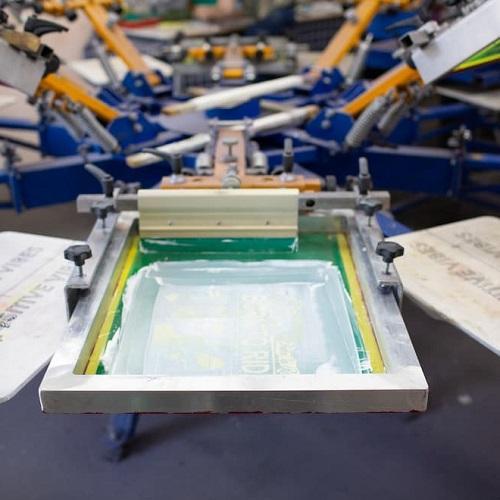
1
Base Formation
The textile/leather surface is patterned by applying adhesive through screen stencils, rotary templates, spray, engraving cylinders or using crystal foils.
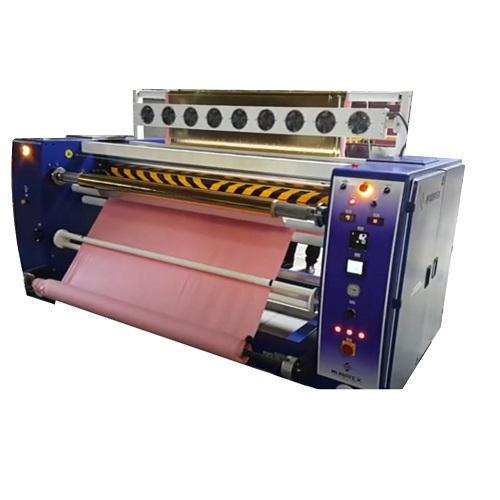
2
Pre-Printing
In partial printing, foil is cut and prepared according to the pattern dimensions. In roll to roll printing, foil is fed with correct tension, Proper transfer requires wrinkle-free foil larger than the adhesive area.
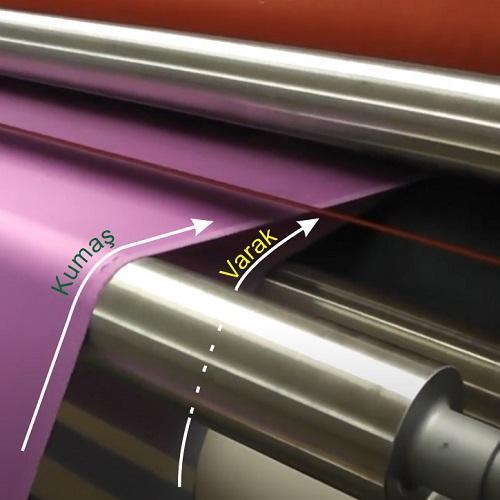
3
Foil Transfer
Parameters are Temperature X Pressure X Time, though recommended by suppliers, depend on the adhesive applied to the fabric/leather and the operational capabilities.
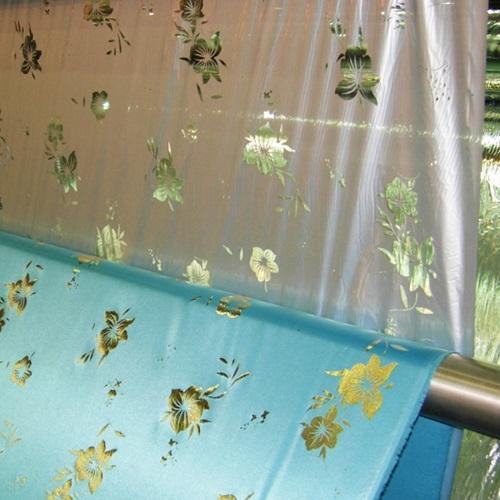
4
Post-Printing
Foils transferred with heat are usually recommended to peeled off the carrier film after cooling. Peeling when it is still hot can sometimes lead to matt appearance due to the adhesive's physical properties.
Adhesive Types Required for Foil Printing
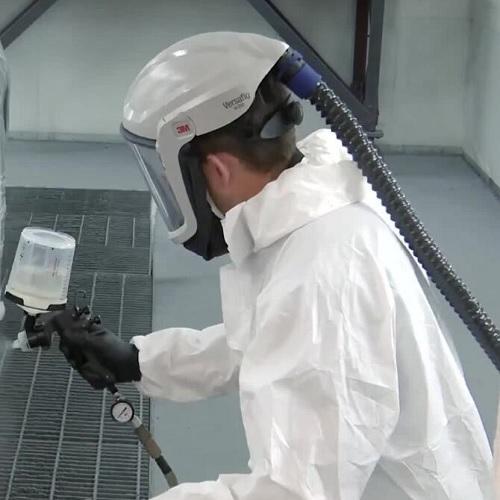
Water Based Adhesive
Water based adhesive are used in partial printing and roll to roll printing as well as in spraying with air gun applications.
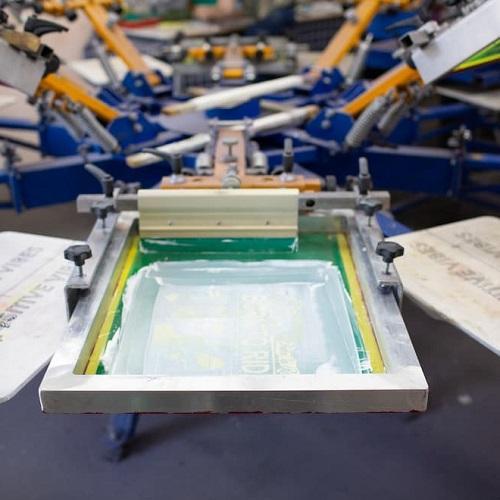
Plastisol Adhesive
Plastisol based adhesives used in roll to roll and partial printing to stand out with high wash durability.
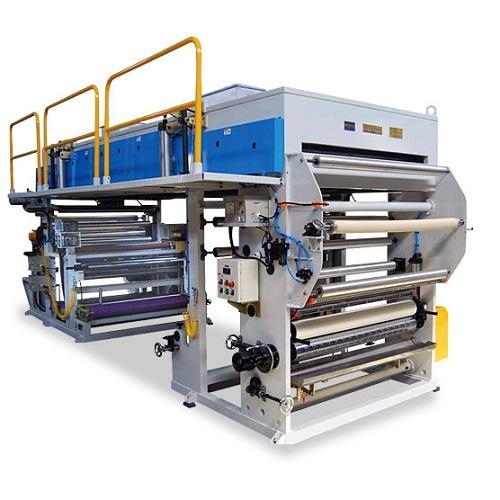
Solvent Based Adhesives
Solvent based adhesives, reduced in weight during printing process by removing solvent that produce fine texture and soft handfeeling.

Crystal Foil
Pre-patterned hotmelt adhesive crystal foils are applied to the fabrics as a base for foil application using only heat and pressure.
Adhesive Application Methods
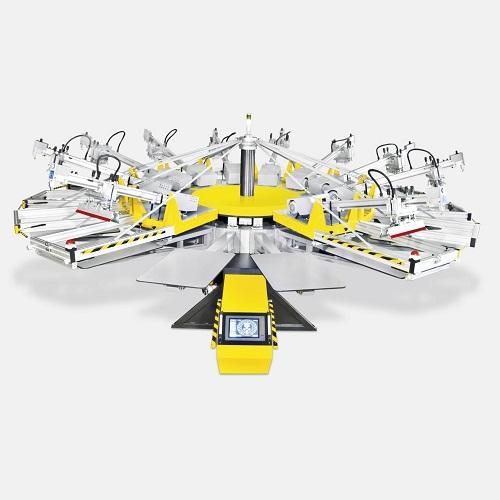
Octopus Printing
Adhesive bases for foil printing can be applied using machines in screen printing workshops for partial printing.
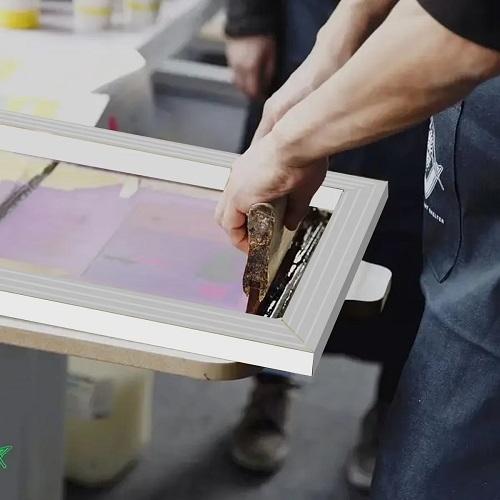
Screen Printing
Manual printing is possible using screen stencils that used in machine. It is specially used for sample preparation.
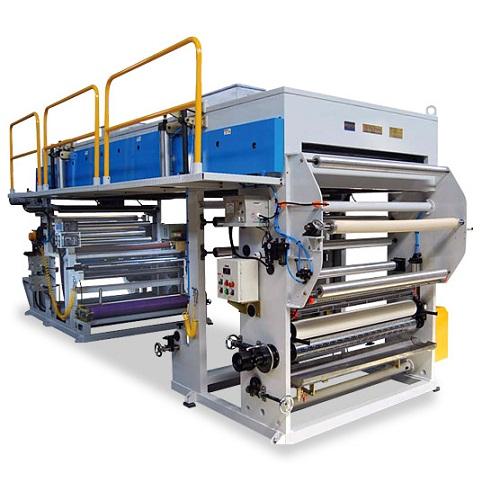
Gravure Printing
Smog printing machines are used for application of very low-weight solvent based adhesives. It provides more durable results compared to other application methods.
Examples of Hologram Foil Printing Machines
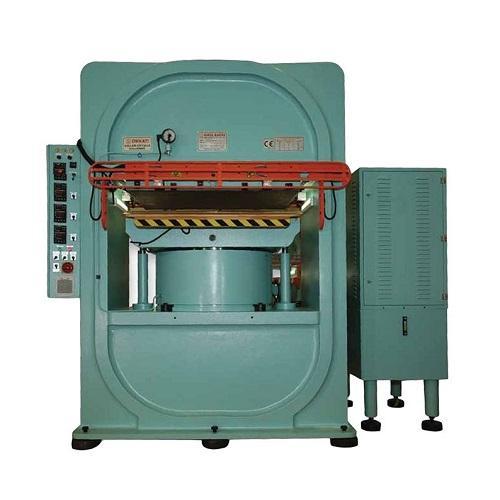
Leather Press
High-tonnage presses used for leather ironing, embossing and printing provide applications with higher pressure and lower temperature.
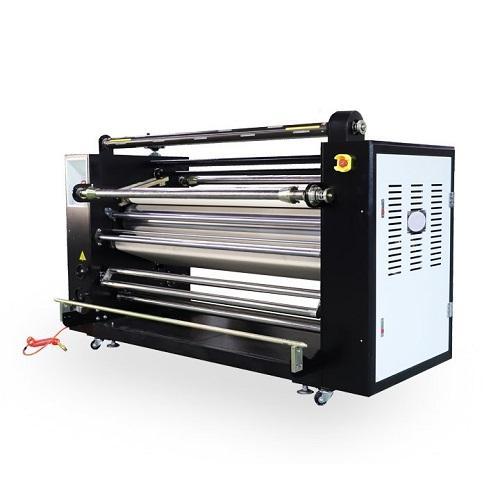
Felt Calender
Fabrics pre-patterned with adhesive through rotary printing can also be printed using calenders designed for sublimation.
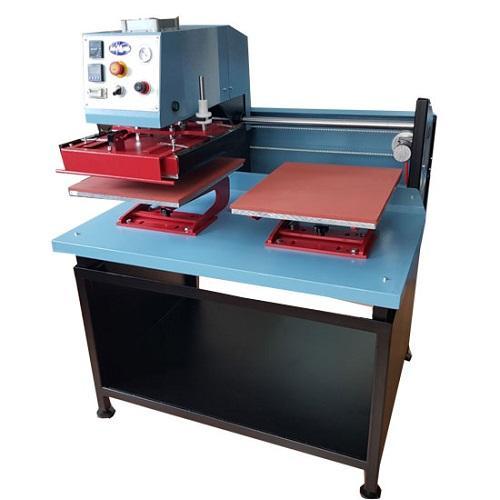
Flat Press
Multifunctional stone presses that are used in small and large printing workshops, are also used for foil printing.
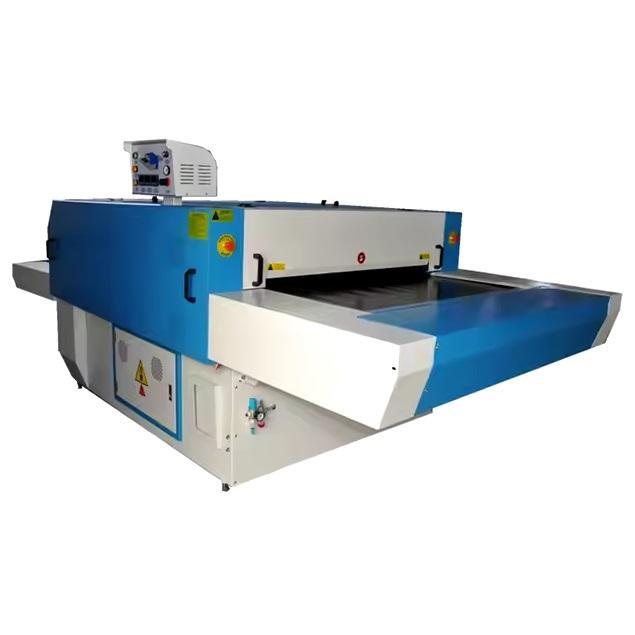
Fusing Press
Fusing presses, indispensable for screen printing workshops, offer ease of use for high-volume partial printing production.
Other Products can be used for Foil Printing

Water Based Adhesives
Suitable for roll to roll printing and partial printing, and can be applied via spray.
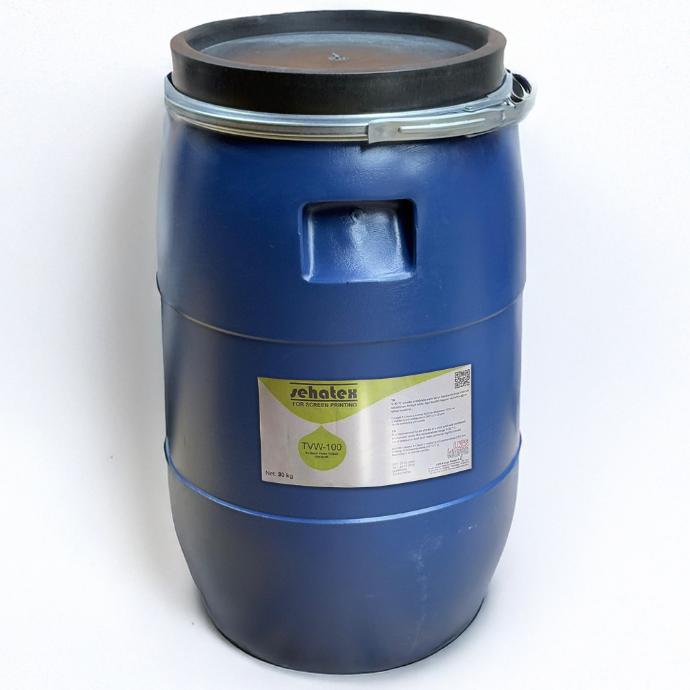
Plastisol Adhesives
It can be used in roll to roll printing and partial printing. It is phthalate-free.
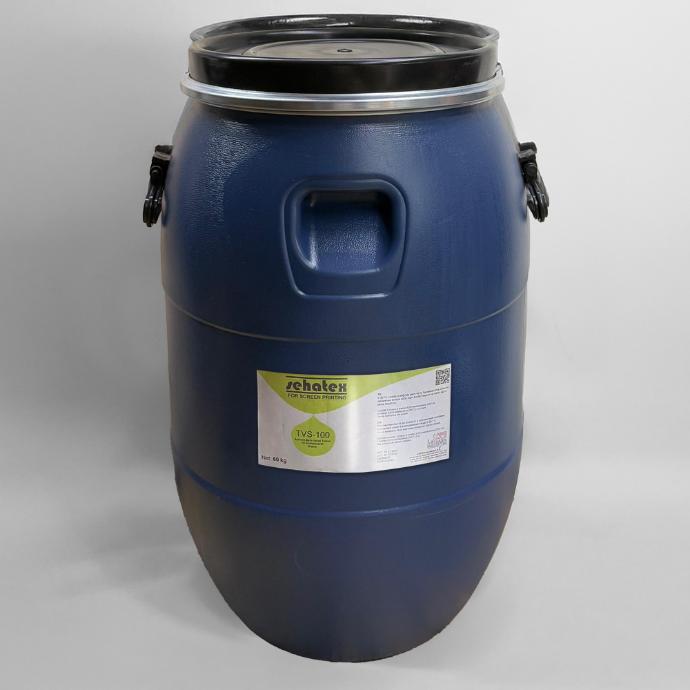
Solvent Based Adhesives
Designed for use in smog gravure printing machine.
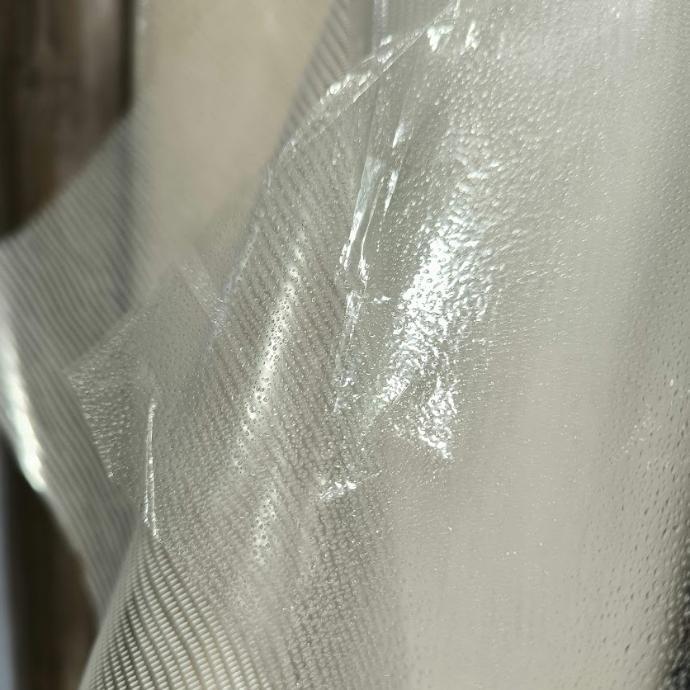
Crystal Foils
Pre-patterned hotmelt based foils with high durability.
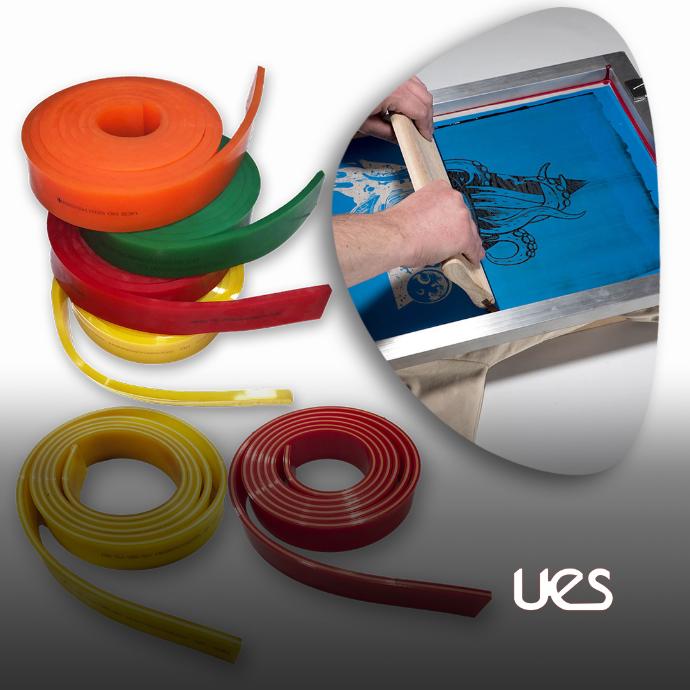
Squeegee Blades
Used for scraping in rotary and screen printing stencil applications.
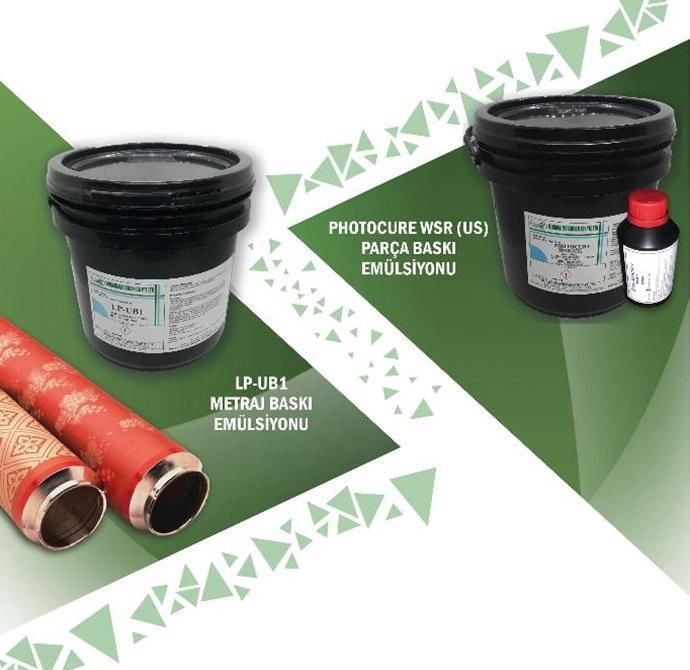
Photo Emulsions
For preparing rotary and screen printing stencils.
General Warnings about Foil Printing Application
This information provided on this page about foil printing is for general guidance purposes
The details given under topics such as application areas, stages of foil printing, types of adhesives used, adhesive application methods and machines used for foil printing may not cover all the aspects. Application may require professional machines and expertise.
Even when performed with the same machines, applications depend on specific adjustments and some critical variables. These include foil, adhesive and the surface on which the application is made.
For instance:
- A temperature suitable for cotton fabric may cause shrinkage on polyester fabric
- Applications yielding more durable results on washed fabrics may perform poorly on silicone coated fabric
Foil, which do not inherently adhere to fabric or leather but can adhere to the surface they are transfered to, rely on an intermediary adhesive for transfer. The quality of the adhesive, its activation temperature and parameters such as fixation temperature and duration are critical for achieving the desired result. Foil printing involves some technical complexity than traditional printing methods. It is often performed by subcontractors rather than integrated facilities such as dyehouses or tanneries. By addressing weak points in this process, predictable results can be achieved with ease.
Troubleshooting and Technical Information page is for theoretical insights into common issues.
For technical support, feel free to contact our company.
This information provided on this page about foil printing is for general guidance purposes
The details given under topics such as application areas, stages of foil printing, types of adhesives used, adhesive application methods and machines used for foil printing may not cover all the aspects. Application may require professional machines and expertise.
Even when performed with the same machines, applications depend on specific adjustments and some critical variables. These include foil, adhesive and the surface on which the application is made.
For instance:
- A temperature suitable for cotton fabric may cause shrinkage on polyester fabric
- Applications yielding more durable results on washed fabrics may perform poorly on silicone coated fabric
Foil, which do not inherently adhere to fabric or leather but can adhere to the surface they are transfered to, rely on an intermediary adhesive for transfer. The quality of the adhesive, its activation temperature and parameters such as fixation temperature and duration are critical for achieving the desired result. Foil printing involves some technical complexity than traditional printing methods. It is often performed by subcontractors rather than integrated facilities such as dyehouses or tanneries. By addressing weak points in this process, predictable results can be achieved with ease.
Troubleshooting and Technical Information page is for theoretical insights into common issues.
For technical support, feel free to contact our company.
